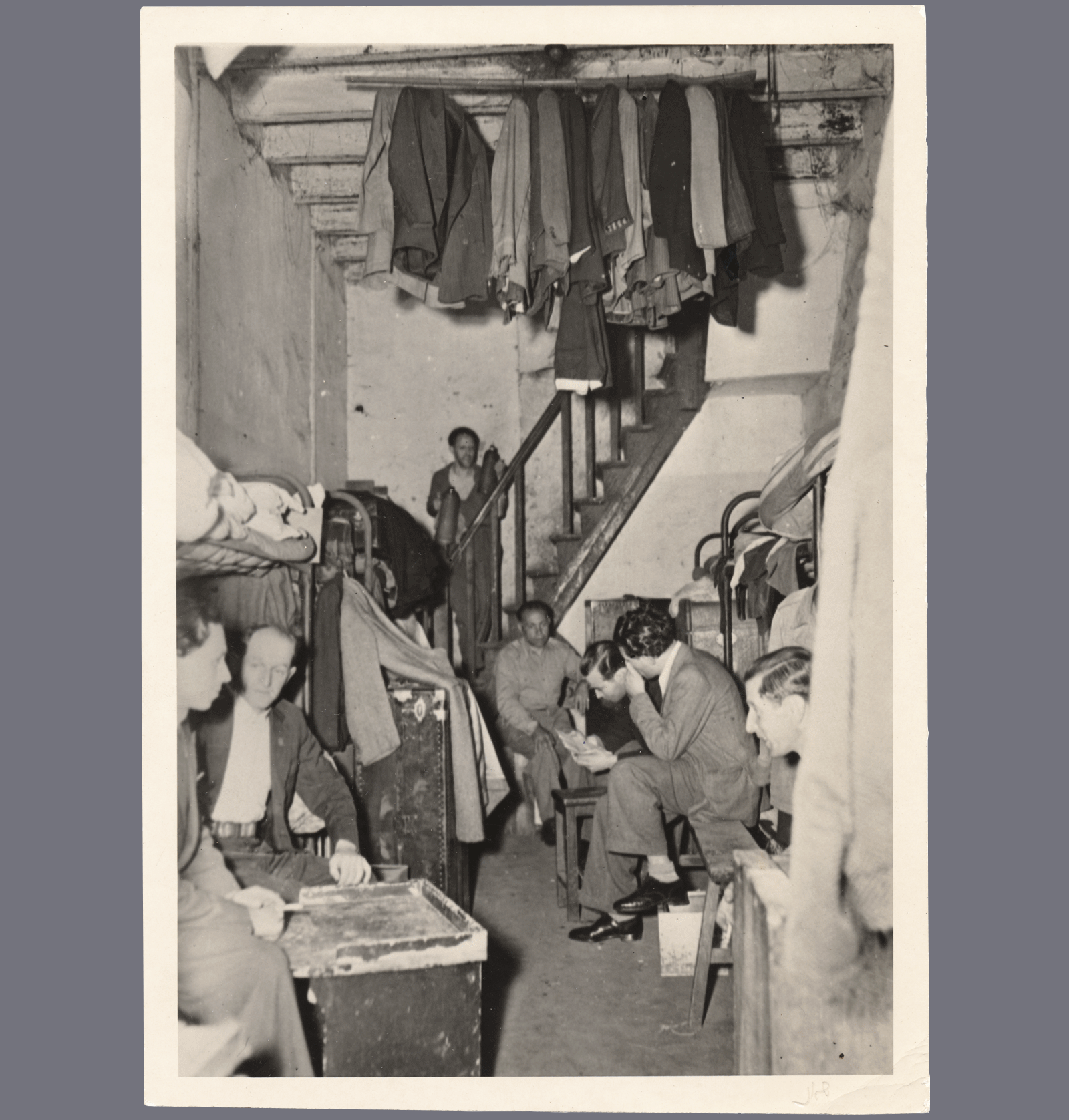China
(Asia)
China had recently gone through a Republican Revolution, and two political parties were competing to reunify the country. Japan invaded China in 1937, and control of Shanghai was divided between many countries.
China was one of the few countries open to Jewish refugees. By 1939, more European Jews had taken refuge in Shanghai than any other city in the world.
Political Scenario
China had gone through a Republican Revolution in 1911 that overthrew the Qing dynasty and led to political chaos. In the 1920s two political parties were competing to reunify China and modernize the country. But these parties faced challenges from the West and Japan.
Japan was dealing with the economic strains of the Great Depression, and inadequate political control of the military. This set the stage for the rise of the Japanese military, and the pursuit of imperialist interests in Asia. Japan occupied Manchuria in 1931. From there, it invaded China in 1937.
Shanghai was a strange place politically in the late 1930s. Control of the city was split between the Republic of China and several foreign countries operating self-governing “concessions,” which were exempt from Chinese law and influence. These foreign countries included Japan, France, Great Britain, and the United States.
Immigration
China was one of the few countries that kept its doors open to Jewish refugees. It did not require immigration visas. Families arrived by sea and by land, using the Trans-Siberian railway and its connecting lines. About 20,000 Jewish refuges settled in the Hongkou district in Shanghai. This area became known as “Little Vienna.” When the city was captured by the Japanese in 1937, Jewish refugees were forced into a small restricted area that was referred to as the “Shanghai Ghetto.” In 1939, Shanghai harbored more European Jews than any other city in the world. The Japanese did not have a history of antisemitism, and the Jewish immigrants were treated well by them.

